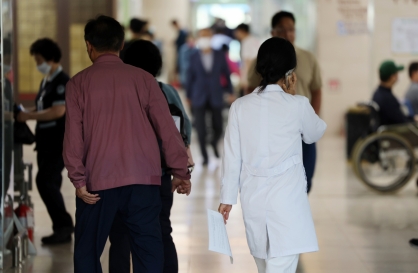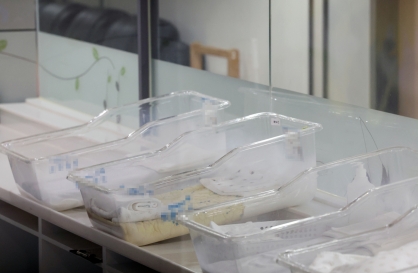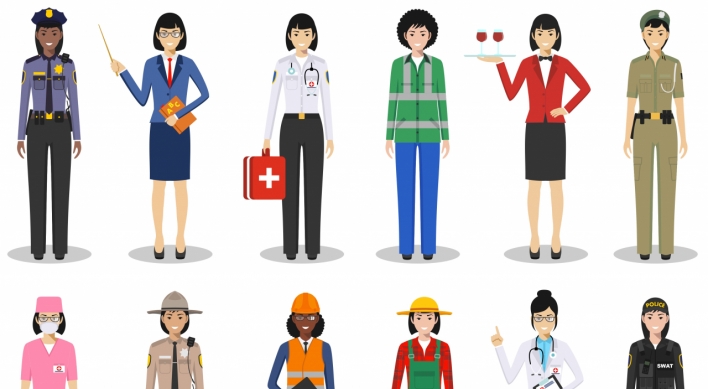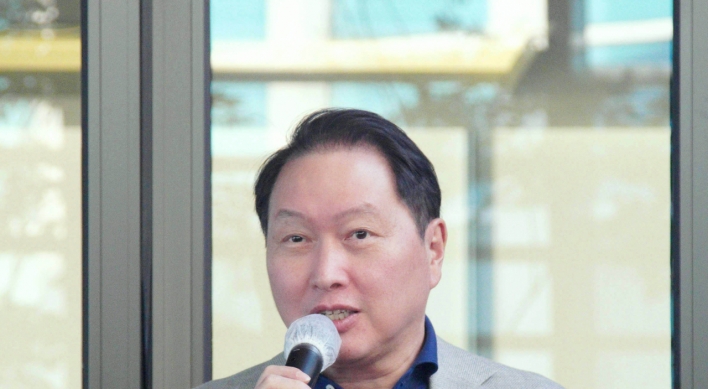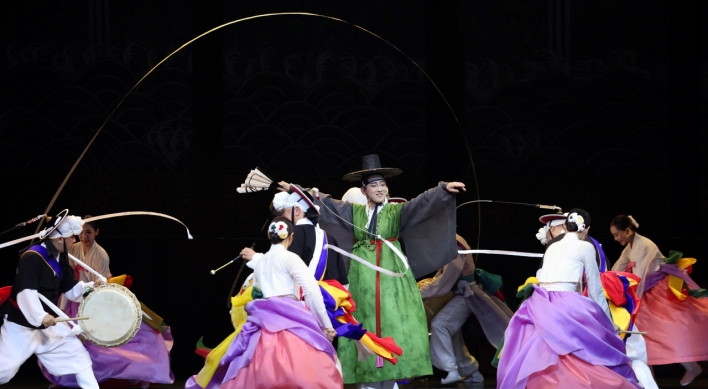Nepal’s fast increasing literacy is definitely something to be proud of.
In 2008, just over half of the population was literate ― the literacy rate stood at 55.6 percent.
Since then, the rate has increased by leaps and bounds. According to the 2011 Census, Nepal’s literacy rate was 65.9 percent.
In the three years since, the rate has increased to a staggering 84 per cent, according to the government.
If all goes well, the government looks set to achieve its ambitious goal of “total literacy” ― a literacy rate of 95 percent ― by 2015.
Currently, Nepal ranks third in South Asia in terms of literacy, behind the Maldives (99 percent) and Sri Lanka (91 percent), according to respective censuses.
Aligned with the Millennium Development Goal of Universal Primary Education, the government embarked on this quest in 2012 with a yearly budget of 3.95 billion Nepalese rupees ($40.4 million) and an aim to make 1.3 million people literate every year.
In 2012, there were over four million people above the age of 15 who were illiterate.
For once, the mission was focussed and innovative.
Over 36,000 literacy centres were set up across the country, mobilising over 200,000 volunteers and 20,000 monitors.
In schools, over 1 million secondary-level students were charged with teaching one illiterate person for grades, a certificate and even cash rewards.
The Non-Formal Education Centre has even developed curricula in 14 mother tongues and also in Braille for the visually impaired.
Buoyed by these initiates, the literary growth rate, which had hovered around 1 percent a few years ago, climbed to over 11 percent this year.
For its part, the government seems confident that it will achieve its goal.
And going by its figures, that seems like a fair assessment. However, past performance leaves room for doubt.
Despite massive budgets, literacy campaigns have suffered woefully in the past, failing to meet stated goals in the years 2009, 2010 and 2011.
But to give the government its due, records since 2012 have shown steady improvement. This could be due to changes in the definition of literacy, which now includes basic knowledge of how to operate a mobile phone and a calculator, the ability to count to a hundred, fill bank vouchers and cheques and express personal views in public.
These might seem like fairly high standards but they demonstrate basic skills that literacy is supposed to impart, including basic language and number comprehension, functionality and public articulation.
Literacy is also recognized in mother tongues other than Nepali.
Given past governments’ propensity for ambitious goals with little follow-up, achieving total literacy by next year would be a very significant achievement.
And as Nepal is in the home stretch, there is no room for slack.
The two-pronged literacy campaign ― one which aims to enrol children in primary school and the other which aims to make literate those above the age of 15 ― seems to have worked so far and thus, must continue unabated.
The achievements have been laudable so far but achieving total literacy by next year would be truly remarkable.
(Editorial, The Kathmandu Post)
(Asia News Network)
In 2008, just over half of the population was literate ― the literacy rate stood at 55.6 percent.
Since then, the rate has increased by leaps and bounds. According to the 2011 Census, Nepal’s literacy rate was 65.9 percent.
In the three years since, the rate has increased to a staggering 84 per cent, according to the government.
If all goes well, the government looks set to achieve its ambitious goal of “total literacy” ― a literacy rate of 95 percent ― by 2015.
Currently, Nepal ranks third in South Asia in terms of literacy, behind the Maldives (99 percent) and Sri Lanka (91 percent), according to respective censuses.
Aligned with the Millennium Development Goal of Universal Primary Education, the government embarked on this quest in 2012 with a yearly budget of 3.95 billion Nepalese rupees ($40.4 million) and an aim to make 1.3 million people literate every year.
In 2012, there were over four million people above the age of 15 who were illiterate.
For once, the mission was focussed and innovative.
Over 36,000 literacy centres were set up across the country, mobilising over 200,000 volunteers and 20,000 monitors.
In schools, over 1 million secondary-level students were charged with teaching one illiterate person for grades, a certificate and even cash rewards.
The Non-Formal Education Centre has even developed curricula in 14 mother tongues and also in Braille for the visually impaired.
Buoyed by these initiates, the literary growth rate, which had hovered around 1 percent a few years ago, climbed to over 11 percent this year.
For its part, the government seems confident that it will achieve its goal.
And going by its figures, that seems like a fair assessment. However, past performance leaves room for doubt.
Despite massive budgets, literacy campaigns have suffered woefully in the past, failing to meet stated goals in the years 2009, 2010 and 2011.
But to give the government its due, records since 2012 have shown steady improvement. This could be due to changes in the definition of literacy, which now includes basic knowledge of how to operate a mobile phone and a calculator, the ability to count to a hundred, fill bank vouchers and cheques and express personal views in public.
These might seem like fairly high standards but they demonstrate basic skills that literacy is supposed to impart, including basic language and number comprehension, functionality and public articulation.
Literacy is also recognized in mother tongues other than Nepali.
Given past governments’ propensity for ambitious goals with little follow-up, achieving total literacy by next year would be a very significant achievement.
And as Nepal is in the home stretch, there is no room for slack.
The two-pronged literacy campaign ― one which aims to enrol children in primary school and the other which aims to make literate those above the age of 15 ― seems to have worked so far and thus, must continue unabated.
The achievements have been laudable so far but achieving total literacy by next year would be truly remarkable.
(Editorial, The Kathmandu Post)
(Asia News Network)
-
Articles by Korea Herald




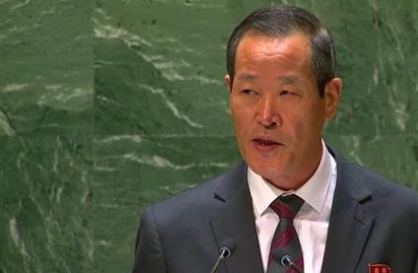
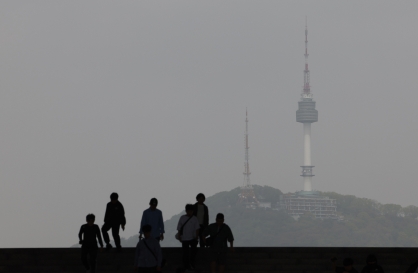

![[AtoZ Korean Mind] Does your job define who you are? Should it?](http://res.heraldm.com/phpwas/restmb_idxmake.php?idx=644&simg=/content/image/2024/05/06/20240506050099_0.jpg&u=)
